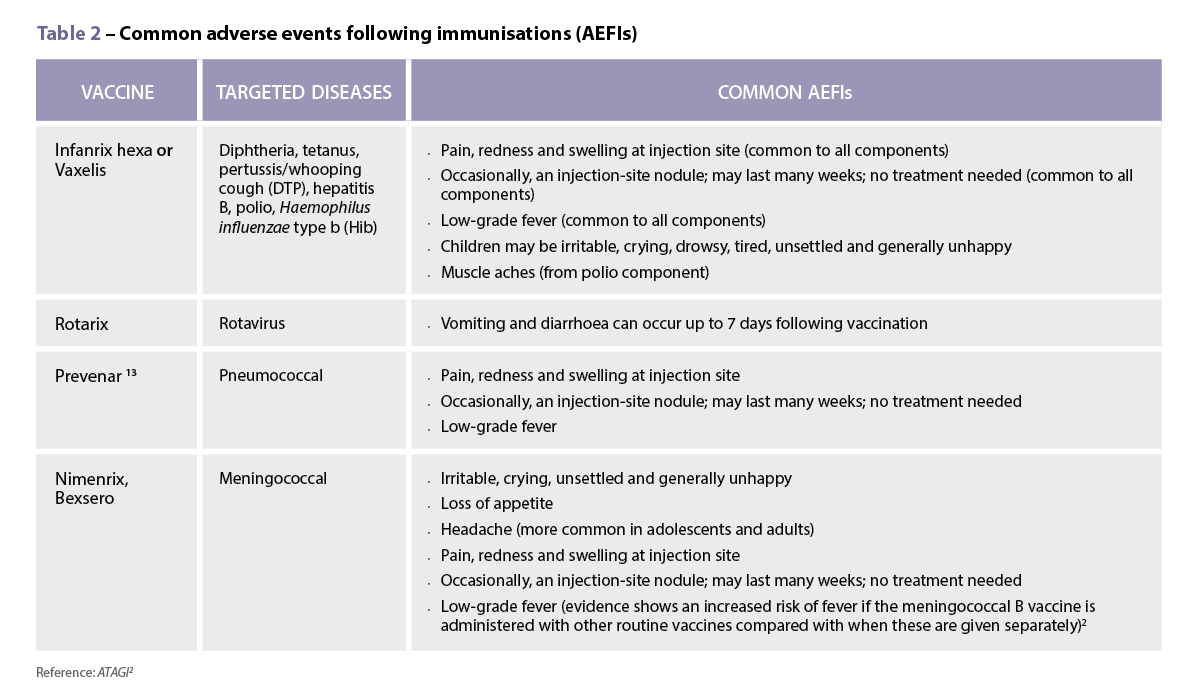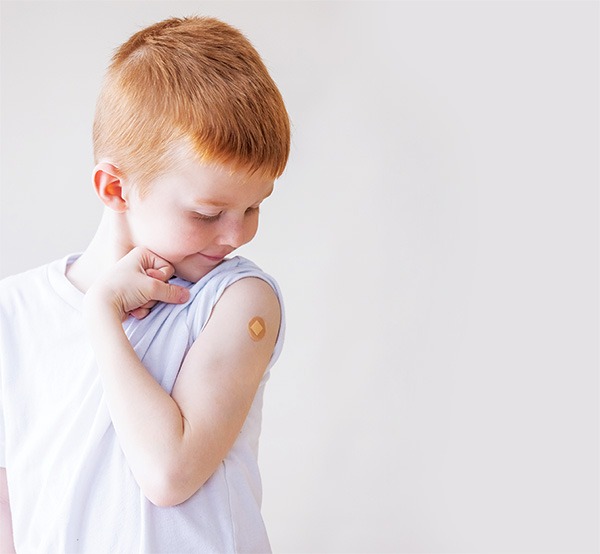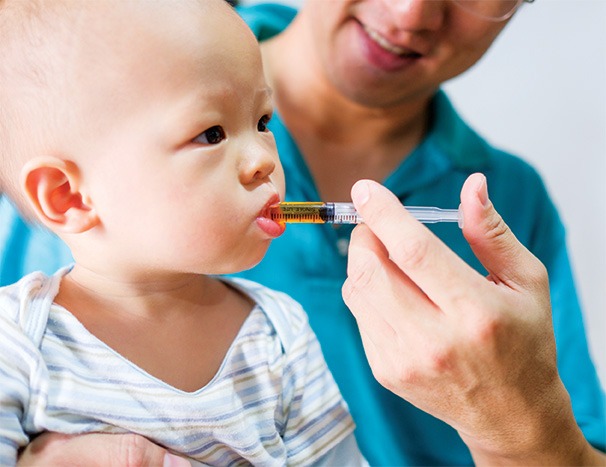Despite vaccination rates dropping, pharmacists continue to be vaccinators of choice for COVID-19 and influenza vaccinations. But more needs to be done to reach vulnerable groups.
These key insights, and more, were revealed at the 2024 Queensland Immunisation Symposium, held on Friday (18 October).
Pharmacists continue to lead COVID-19 and influenza vaccination
The COVID-19 vaccine rollout was the largest immunisation program Australia has seen as a country, with pharmacists delivering over 12.5 million COVID-19 vaccines alone in a 3-year period, said Genevieve Donnelly Assistant Secretary, Access, Engagement and Compliance Branch at the Department of Health and Aged Care.
‘Pharmacists have consistently delivered close to 50% of the COVID-19 vaccinations in primary care,’ she said.
‘It speaks quite considerably to the trust that people have in you as a profession as to how to access care and where they see that they can easily access it’
Furthermore, while influenza vaccination rates are declining nationally, Ms Donnelly said pharmacists were the only channel that not only held the number of vaccines administered this year for influenza, but increased it.
‘In an environment where people aren’t taking the opportunity to go elsewhere, they will come to the pharmacy,’ she said. ‘That’s where the trust is, and that’s where the access is.’
Childhood vaccination continues to drop below the critical 95% mark
The fluctuating community sentiment about healthcare, spurred on by COVID-19, is driving vaccination rates down, said Ms Donnelly.
‘I don’t think I’ve ever seen anyone so engaged in a medicine as what we saw during COVID-19 … on such a scale,’ she said. ‘[But] unfortunately, we’ve seen a sustained decline in childhood immunisations in this country.’

The decline in childhood vaccination for children under 5 continued in 2024, moving Australia further from the 95% coverage target it held prior to the pandemic.
The vaccination rate of First Nations people is below the national average – particularly in the 1–2 years age cohort, said Sarah Risdale from the Queensland Health Immunisation Program.
‘The biggest risk for us is that some of these diseases rely on herd immunity, so the more we drop off, the more risk that previously eradicated diseases will return,’ warned Ms Risdale.
Because many vaccine-preventable diseases, such as polio and measles, were under control for many years – a key challenge is that many people don’t know the health impacts they can wreak.
‘It’s really hard to sell something to someone when they don’t really understand or have never seen what the impact could be,’ she said. ‘Particularly off the back of COVID-19, everyone is hesitant to believe what the government is telling them, and they seek their own healthcare advice and information.’
But because pharmacists have always been trusted healthcare professionals who the community comes to for advice, patients will be willing to trust that advice on vaccination, Ms Risdale advised.
‘It’s a big responsibility for pharmacists when they’re engaging with people [about] healthcare,’ she said.
Long way to go on meningococcal B protection
Pharmacists should also prioritise meningococcal B vaccination – with outbreaks of the deadly disease occurring in far North Queensland among other regions recently, said Ms Risdale.
‘This year in Queensland, we have a state-funded meningococcal B program for infants under 2 and adolescents 15–19,’ she said. ‘Unfortunately, we haven’t seen the uptake we thought we would see this year, and that’s across all provider types.’
Australian Immunisation Register data revealed uptake of the meningococcal B vaccine reduces with age, with the rates in various age cohorts including:
- 0–2 years of age: 65.17%
- 15–16 years of age: 42.13%
- 16–17 years of age: 13.74%
- 17–18 years of age: 4.75%
- 18–19 years: 4.17%
- 19–20 years of age: 3.97%
Risdale’s key message for pharmacists is to help boost meningococcal rates in the 15–19 age cohort, with vaccination rates low in this group.
‘We have funded reimbursements available for the pharmacy sector as well,’ Ms Risdale added.
64% older Australians are unvaccinated against COVID-19, among other killer diseases
Only 34% of the vaccinations delivered though pharmacies are to older age cohorts, said Ms Risdale.
‘We know these people often see their GP more regularly than people in the 5–64 age groups, so they may be getting opportunistic vaccinations through there,’ she said.
‘They are more than likely not going to die from shingles, but they could die from flu, COVID-19 or RSV [Respiratory syncytial virus].’
Sarah risdale MPS
‘With National Immunisation Program Vaccinations in Pharmacy (NIPVIP) funding, it’s a big opportunity for pharmacists to start engaging more with the older community.
‘But [it’s important] to balance that relationship with the pharmacist and the GP and make sure people are getting what they need from the right provider.’
But while older Australians are at risk of serious and life-threatening complications from influenza, Ms Risdale said they are far more likely to actively seek out shingles vaccines than influenza and COVID-19 immunisation.
There was a 2.6% reduction in the influenza vaccination rate in Australians aged 65 and over this year, dropping from 64.1% to 61.5% coverage.
‘They are more than likely not going to die from shingles, but they could die from flu, COVID-19 or RSV [Respiratory syncytial virus],’ she said.
Despite numerous government and health body messages about the importance of vaccination against these potentially deadly diseases, it’s challenging to change perceptions.
‘That did help for a time, then people started to say, ‘I’m getting COVID-19 and [influenza] anyway, so why would I go get that [vaccine]?’
While having conversations with people about their questions, concerns and fears about vaccines takes time, it adds long-term value, said Ms Risdale.
‘People come back to you as a trusted professional who spent half an hour talking to them about how important getting the MMR [measles, mumps, and rubella] vaccine was for their child, or how important having the pneumococcal vaccine was for their husband,’ she said.
‘They start to understand that you have time for them, you really value them as a person, and can give them reliable and helpful information, and they will come back to you again.’
NIPVIP continues to improve vaccine access
From 1 January this year, the rollout of NIPVIP has been taken up with ‘speed’ across the sector, said Ms Donnelly.
‘We saw huge numbers of pharmacies sign on very rapidly, and we’ve seen increases in access to NIPVIP up until September,’ she said.
With NIPVIP extending in April 2024 to off-site vaccinations in residential aged care with facilities and disability homes, it’s had a significant impact on equity of access.
‘We have seen through the data that uptake of those off-site visits and delivery of vaccines has been astronomical,’ said Ms Donnelly.
The vaccines delivered most frequently by pharmacists across NIPVIP are influenza and Shingrix. But as NIPVIP increases in complexity, it starts to offer different opportunities for how pharmacists engage with the program.
‘We’re certainly hearing from you on the ground around [increased] opportunities for co-administration,’ she added.
Changes are underway for COVID-19 vaccination
Looking ahead, COVID-19 vaccination is expected to transition from an emergency response to part of routine care, said Ms Donnelly.
‘The National arrangements are over a period of time [and] are due to come to an end in the next couple of years,’ she said.
While there are several factors that will determine this timeframe, the program to
harmonise COVID-19 and the National Immunisation Program has already commenced – with mRNA technology also improving.
‘The sooner we can get to a stable, normal vaccine that you can just keep in the fridge, doesn’t have a short shelf life, and that you can order in a normal way – the better,’ she said.
‘I would love to talk about a time when we have a COVID-19 and flu [vaccine] combined.’



 This CPD activity is supported by an unrestricted education grant by Reckitt.[/caption]
This CPD activity is supported by an unrestricted education grant by Reckitt.[/caption]





 Jess Hadley, community pharmacist and Professional Officer at PDL[/caption]
Jess Hadley, community pharmacist and Professional Officer at PDL[/caption]
 Peter Guthrey, Senior Pharmacist – Strategic Policy at PSA[/caption]
Peter Guthrey, Senior Pharmacist – Strategic Policy at PSA[/caption]


 Professor Margie Danchin[/caption]
Professor Margie Danchin[/caption]

 Dr Peter Tenni[/caption]
Dr Peter Tenni[/caption]
 How should we deprescribe gabapentinoids, according to the Maudsley Deprescribing Guidelines[/caption]
How should we deprescribe gabapentinoids, according to the Maudsley Deprescribing Guidelines[/caption]






